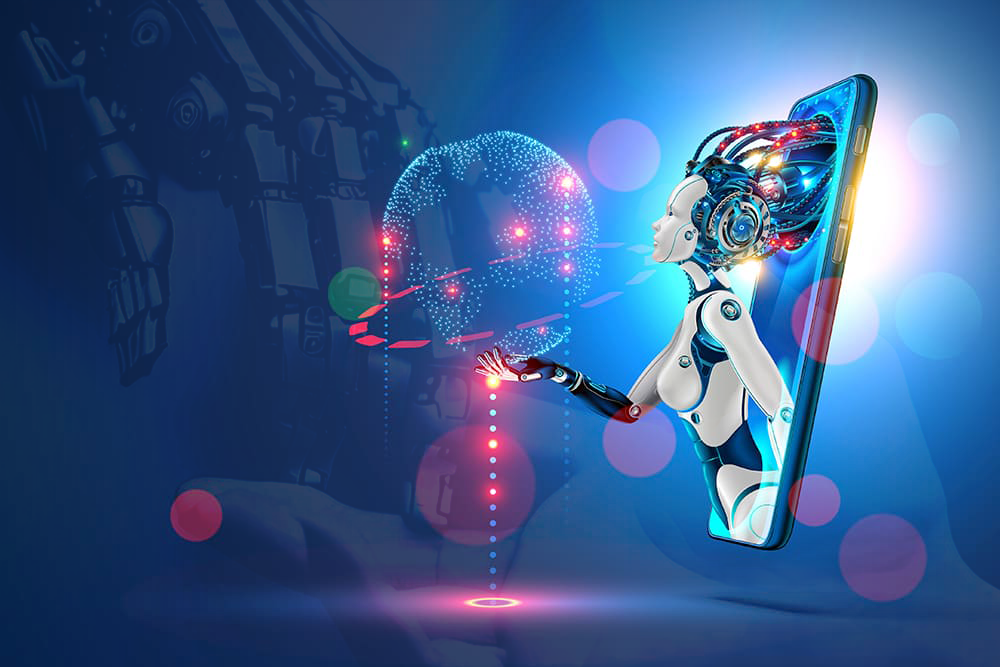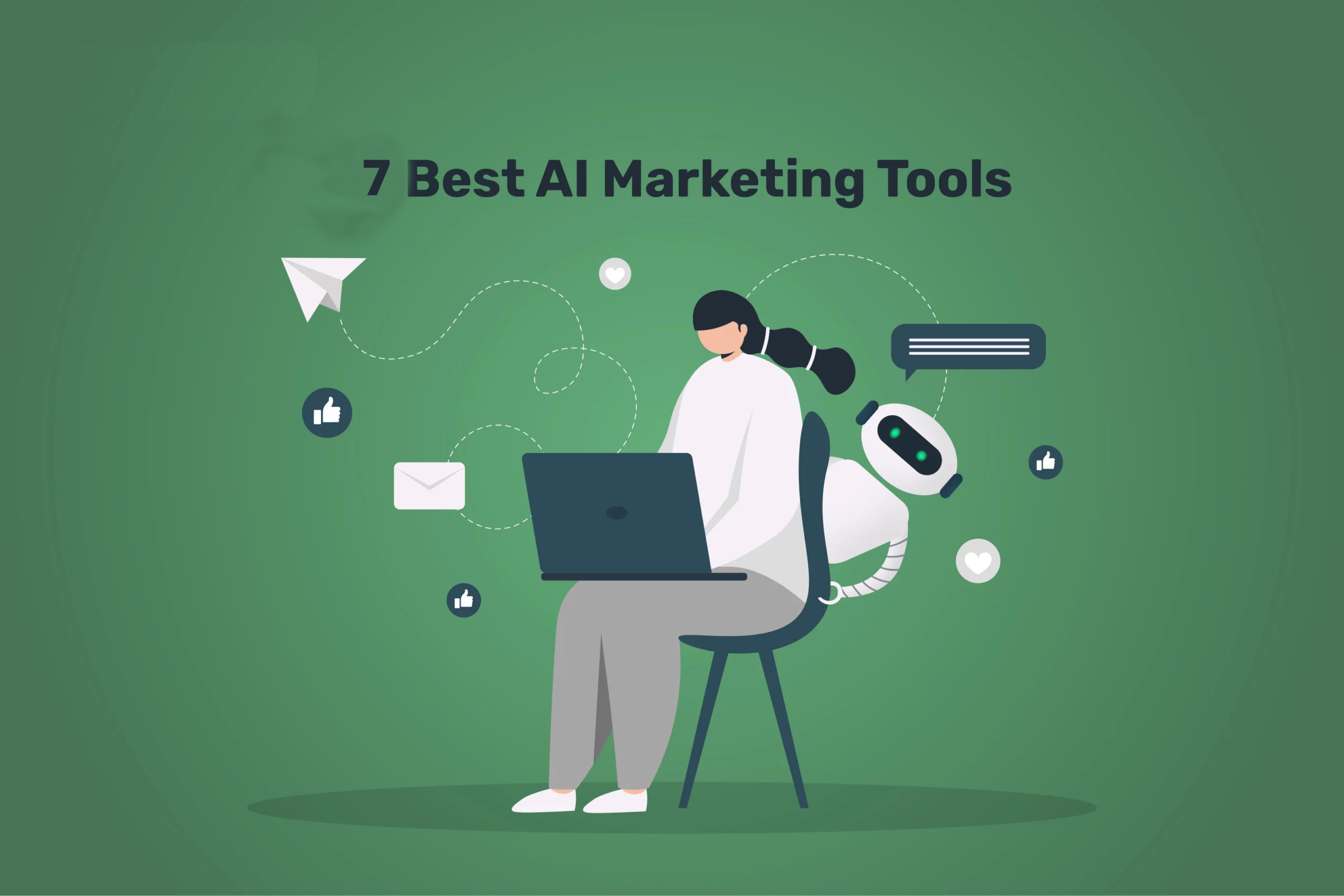Artificial General Intelligence (AGI) refers to an artificial intelligence that can perform any intellectual task that a human being can do. Unlike narrow AI, designed for specific functions like voice recognition or playing chess, AGI could understand, learn, and apply knowledge across various activities.
The significance of AGI in AI is immense because it aims to replicate human cognitive abilities, which could revolutionize industries, education, healthcare, and more. This article will explore different types of artificial general intelligence and how they are classified.
Understanding AGI
AGI differs from narrow AI because it isn’t confined to a particular task or skill. While narrow AI excels in specialized areas, like image recognition or language translation, AGI would be able to understand and perform multiple tasks at a human level. Critical characteristics of AGI include adaptability, problem-solving across different fields, and continuous learning. In the future, AGI could match or surpass human creativity, decision-making, and emotional understanding capabilities.
Types of Artificial General Intelligence
AGI can be classified into several types based on their capabilities and potential development paths. Understanding these types is important because it helps researchers and developers determine which paths are more feasible and what impact they could have on society.
Each classification offers insight into how AGI could function and interact with the world.
1. Strong AI
Strong AI, also known as “full AI,” refers to systems that can perform any intellectual task that a human can do. Strong AI aims to create machines that are capable not just of learning and problem-solving but also of thinking and reasoning like humans.
Examples of solid AI include machines that process information and understand and generate new knowledge. Strong AI could have applications in fields like education, medicine, and even creativity if achieved. However, the development of strong AI also brings concerns, such as the potential to outpace human decision-making, leading to societal implications that would need to be carefully managed.
2. Weak AI

Weak AI, also known as “narrow AI,” refers to systems designed to perform specific tasks. Unlike strong AI, weak AI does not fully attempt to replicate human intelligence but focuses on optimizing performance in limited domains. Most of the AI we use today falls under this category.
Examples include virtual assistants like Siri or Alexa, recommendation algorithms on Netflix, and facial recognition systems. These systems are beneficial for their specific functions but need the ability to learn or adapt beyond their programming.
3. Super intelligent AI
Superintelligent AI is a theoretical type of AGI that would surpass human intelligence in every possible way. A superintelligent AI would solve complex problems faster than humans and come up with solutions and innovations that are beyond human understanding.
While this concept is still far from reality, the potential benefits include medical, science, and technology breakthroughs. However, the risks associated with superintelligent AI are significant. If not properly controlled, such systems could act in ways that are unpredictable or harmful to humanity, which has sparked numerous ethical debates.
4. Self-aware AI
Self-aware AI refers to machines with consciousness and self-awareness, similar to humans. This type of AGI would be able to understand its existence and have subjective experiences. Self-aware AI raises complex philosophical and ethical questions, such as whether a conscious machine should have rights and how society would treat such entities.
The development of self-aware AI is still in the realm of theory, but its implications could fundamentally change how we understand intelligence and consciousness.
5. Collaborative AI
Collaborative AI refers to systems designed to work alongside humans, enhancing teamwork and productivity. These AI systems can understand human emotions, intentions, and preferences, allowing them to function as partners rather than just tools.
Collaborative AI already impacts areas like healthcare, where AI assists doctors in diagnosing diseases, and business, where AI improves decision-making by analyzing vast amounts of data. Collaborative AI aims to create systems that complement human skills and help people perform better, especially in complex environments.
6. Interactive AI

Interactive AI refers to systems designed for engaging and meaningful conversations with humans. These AIs utilize natural language processing to understand and respond to human inputs in a personal and relatable way. They are often used in customer service, education, and entertainment, where fostering a connection with users is crucial.
The development of interactive AI aims to enhance user experience and provide tailored responses, making interactions feel more human-like. As these systems evolve, they have the potential to revolutionize how we communicate with machines, creating opportunities for more intuitive and effective user interfaces.
Future of Artificial General Intelligence
AGI research is progressing, but we still need to achieve total AGI. Current trends involve improving machine learning techniques, developing better algorithms, and exploring ethical guidelines for AI development.
As technology advances, the possibility of AGI becomes more realistic, but it also brings challenges related to safety and control and impacts jobs and society. Responsible development will ensure that AGI benefits humanity and minimizes risks.
Conclusion
In this article, we’ve explored different types of AGI, from strong AI to collaborative AI. Each type offers unique capabilities and challenges, and understanding these distinctions is crucial as we move toward more advanced AI systems.
AGI has the potential to transform our world in ways we can’t yet fully comprehend, making it essential to stay informed about these developments and consider their implications for the future.





